Putnam High School Student Earns Spot on National Student Advocacy Board
/As many Connecticut students are honored with end-of -year school awards for community accomplishments, Putnam High School Junior Jozzlynn Lewis has earned a coveted spot on a national teen board. She has been selected by Students Against Destructive Decisions (SADD) to join an advocacy-training program called SADD SPEAKs, the only youth from Connecticut to earn the distinction for the coming year.
SADD state coordinator for Connecticut, the Governor’s Prevention Partnership, announced Lewis’ appointment: “Jozzlynn was one of only 15 young people from across the country who was chosen. It is quite an honor!” said Jill Spineti, President & CEO, The Governor’s Prevention Partnership (The Partnership). “This is also significant for The Partnership because this is the first time in ten years that we have had a youth from Connecticut involved in a national SADD initiative.”
Lewis’ appointment to SADD Speaks was announced recently at the Partnership’s Annual Governor’s Residence Reception, a private event at the Governor’s home, which recognizes the organization’s top corporate investors. She addressed CEOs, Commissioners and other high level officials at the event hosted by Governor Malloy and other members of the Partnership’s Board of Directors.
Lewis, 17, underwent a competitive selection process which focused on her experience, leadership qualities, public speaking ability, and other criteria, officials said. She was recognized as a dynamic student leader who has also been involved in her local substance abuse prevention coalition, Putnam PRIDE, for many years, along with her mother, Cheryl. Her interest in SADD stems from seeing alcohol and substance use in her own school.
“Sometimes kids come to class under the influence,” explains Lewis, who will begin her senior year in the fall. “This has a negative influence on all of the students, not just the ones who use. I became involved in SADD in order to make a difference and do my part to make things better.”
Spineti notes that “More than 50 percent of Connecticut's youth continue to deal with issues of drug use, family alcoholism, bullying and child abuse. We partner with SADD and exemplary students such as Jozzlynn to help children avoid all substances to ensure a healthier future.”
Although progress has been made, Spineti stresses that efforts need to be intensified. According to the Substance Abuse and Mental Health Services Administration, nationally each month 26.4 percent of underage persons (ages 12-20) used alcohol, and binge drinking among the same age group was 17.4 percent. And nearly three quarters of students (72%) have consumed alcohol (more than just a few sips) by the end of high school, and more than a third (37%) have done so by eighth grade, according to the National Institute on Drug Abuse.
New data released this month reflected some results from efforts to reduce underage drinking during the past decade – from 2005 to 2015, there was a 15.1 percent drop in reported use by high school students. This is better than the national average for the same time period, which shows a 10.5 percent decrease in youth alcohol use (CDC’s Youth Risk Behavior Survey), officials said.
 Lewis’ commitment and dedication impressed the judging panel.
Lewis’ commitment and dedication impressed the judging panel.
“Jozzlynn is deserving of this high honor. Her deep desire to empower her peers and change her community will serve her well, as she works to implement policy change at the local, state, and national level,” said Dawn Teixeira, SADD president and chief executive officer. “Motivated young people are a true catalyst for social change.”
“I am so very proud of Jozzlynn and her dedication to SADD, as well as her commitment to wanting to make Putnam High School and our community a safer place to learn and live,” adds Lisa Mooney, School Social Worker and SADD Advisor at Putnam High School.
SADD SPEAKs (Students for Policy, Education, Advocacy, & Knowledge) is an initiative of SADD National, funded by State Farm, that focuses on addressing an impaired driving issue. The participants will have a positive and lasting effect on public policy, demonstrating the power of America’s young people to speak persuasively on critically important issues. They will be trained in coalition building, public speaking and advocacy skills.
This year’s SADD SPEAKs delegates will develop an advocacy plan to address an impaired driving issue (distracted, drowsy, drugged or underage drinking and driving). The group will then lead the national organization’s efforts on Capitol Hill and before their own state and local governments, as well as mobilize thousands of SADD students across the country.
The SADD National Conference, held later this month in Pittsburgh, will include some attendees from Connecticut – nearly a dozen students, teachers and officials from New London will be among those on hand.
At the Governor’s Residence, The Partnership also shared its new strategic plan with the attendees who generously support the non-profit organization. The plan is focused on The Partnership’s mission to equip and connect community groups, business leaders and families to prevent substance abuse, underage drinking and violence among youth.
Created in 1989, the Governor’s Prevention Partnership is a not-for-profit partnership between state government and business leaders with a mission to keep Connecticut’s youth, safe, successful, and drug-free. The organization focuses on positive school climate, mentoring, and the prevention of underage drinking and substance abuse.
Founded as Students Against Driving Drunk in 1981 in Wayland, Massachusetts, SADD has grown to become the nation’s leading peer-to-peer youth education and prevention organization with thousands of chapters in middle schools, high schools and colleges. In 1997, in response to requests from SADD students themselves, SADD expanded its mission and name and now sponsors chapters called Students Against Destructive Decisions.
PHOTO: Jozzlynn Lewis, left, newly appointed to the National SADD teen advocacy board with Jill Spineti, President & CEO of The Governor’s Prevention Partnership.



 “Wholesome Wave is thrilled by the innovations that USDA is supporting through the new FINI grants, which are taking the work of increasing affordable access to healthy food to even greater levels of impact,” said Michel Nischan, CEO & Founder of Wholesome Wave. “So many SNAP shoppers are working parents with limited time to source healthier food choices. Through the new Farm-to-Grocery model, our partners in Connecticut and Vermont will be able to expand affordable access to SNAP consumers in a way that allows them to find and purchase more healthy food from a variety of retailers.”
“Wholesome Wave is thrilled by the innovations that USDA is supporting through the new FINI grants, which are taking the work of increasing affordable access to healthy food to even greater levels of impact,” said Michel Nischan, CEO & Founder of Wholesome Wave. “So many SNAP shoppers are working parents with limited time to source healthier food choices. Through the new Farm-to-Grocery model, our partners in Connecticut and Vermont will be able to expand affordable access to SNAP consumers in a way that allows them to find and purchase more healthy food from a variety of retailers.”

 The Foundation invested 30 percent of its grants in education from birth through high school, and new and renewed college scholarship, according to the report. Grants for family and social services received 20 percent; health – 11 percent; arts and culture – 11 percent; community and economic development – 19 percent, general – 5 percent and summer programs – 4 percent.
The Foundation invested 30 percent of its grants in education from birth through high school, and new and renewed college scholarship, according to the report. Grants for family and social services received 20 percent; health – 11 percent; arts and culture – 11 percent; community and economic development – 19 percent, general – 5 percent and summer programs – 4 percent.
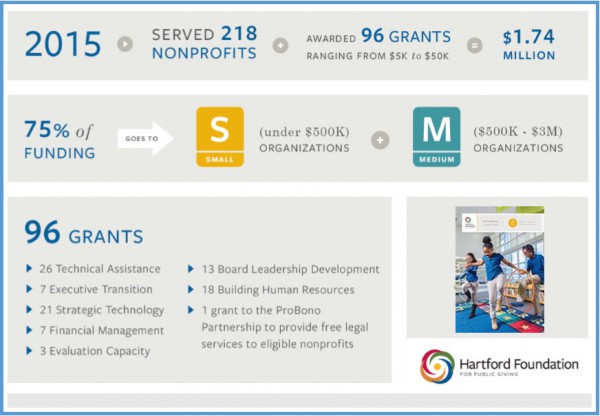
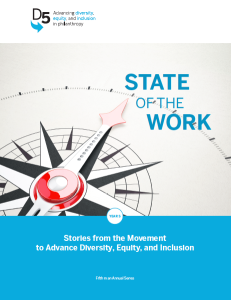
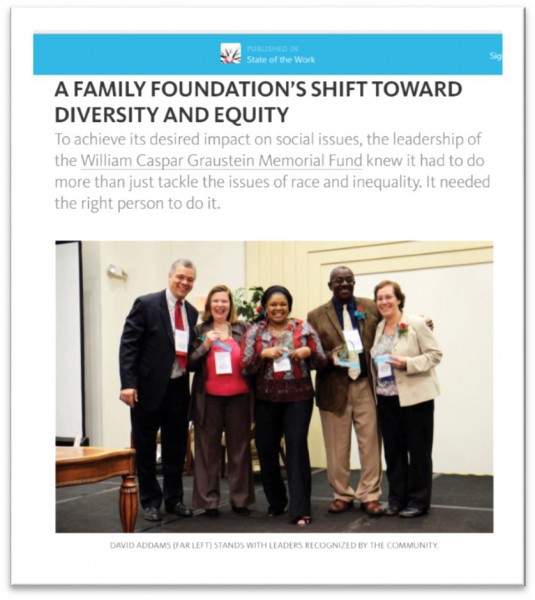 The D5 final report features stories about leaders in foundations and other philanthropic organizations taking meaningful action to advance DEI. “Storytelling is one of the most powerful ways to inspire action and change. We hope people working within foundations—whether they are a CEO, an HR manager or a program officer—draw on the important lessons from these stories, and apply them to their own unique situations,” said Kelly Brown, D5 Director. Kelly also cited statistics indicating that “when companies commit themselves to diverse leadership, they are more successful. Foundations and nonprofits,” she said, “have the opportunity to take a page from successful business playbooks.”
The D5 final report features stories about leaders in foundations and other philanthropic organizations taking meaningful action to advance DEI. “Storytelling is one of the most powerful ways to inspire action and change. We hope people working within foundations—whether they are a CEO, an HR manager or a program officer—draw on the important lessons from these stories, and apply them to their own unique situations,” said Kelly Brown, D5 Director. Kelly also cited statistics indicating that “when companies commit themselves to diverse leadership, they are more successful. Foundations and nonprofits,” she said, “have the opportunity to take a page from successful business playbooks.”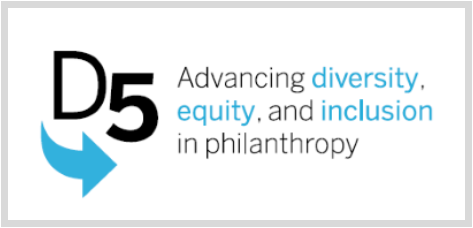
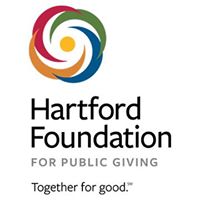
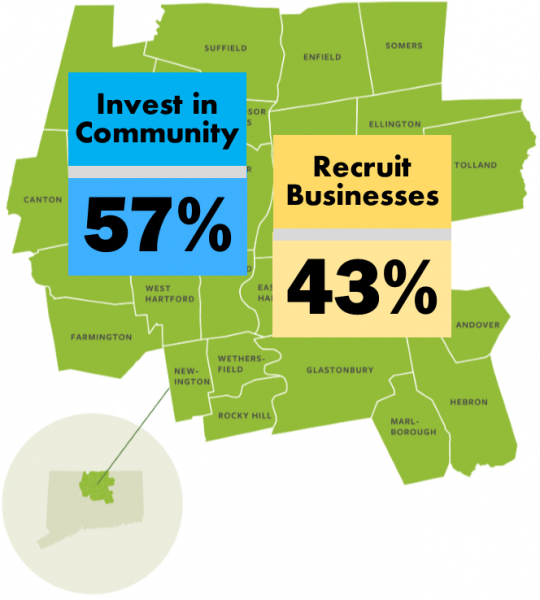 The data from the survey reflect a difference of opinion among older residents of the region. Individuals over age 46 took the opposite view from younger residents, with a majority expressing a preference for spending skewed toward recruiting companies. The reversal was dramatic, with two-thirds of those age 36-45 preferring investing in communities, by a margin of 67%-33%, and individuals age 46-55 expressing a preference for resources to be aimed at recruiting companies, with two-thirds holding the opposite view, 63%-38%.
The data from the survey reflect a difference of opinion among older residents of the region. Individuals over age 46 took the opposite view from younger residents, with a majority expressing a preference for spending skewed toward recruiting companies. The reversal was dramatic, with two-thirds of those age 36-45 preferring investing in communities, by a margin of 67%-33%, and individuals age 46-55 expressing a preference for resources to be aimed at recruiting companies, with two-thirds holding the opposite view, 63%-38%.

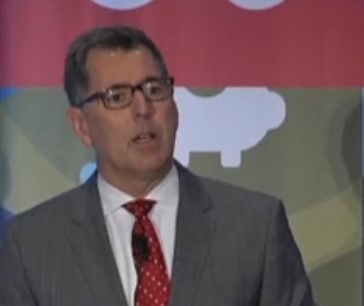 Since entering the Connecticut market in the summer of 2014, the company has been aggressively growing its customer base in a competitive market while working diligently to grow and expand its network of doctors. Harvard Pilgrim Health Care announced recently that its Connecticut membership has grown to more than 24,000, exceeding expectations for 2015. It now serves more than 800 Connecticut businesses. Twenty-nine of the state’s 30 hospitals are now in-network.
Since entering the Connecticut market in the summer of 2014, the company has been aggressively growing its customer base in a competitive market while working diligently to grow and expand its network of doctors. Harvard Pilgrim Health Care announced recently that its Connecticut membership has grown to more than 24,000, exceeding expectations for 2015. It now serves more than 800 Connecticut businesses. Twenty-nine of the state’s 30 hospitals are now in-network. With more than 500 business leaders in attendance at an annual Economic Summit & Outlook last week, brought together by the Connecticut Business and Industry Association and MetroHartford Alliance, Schmitt spent some time touting a new model launched in the state of New Hampshire that he believes may be a glimpse into the direction the industry is moving. Harvard Pilgrim Health Care’s footprint in New England now covers “where 90 percent of New Englanders live,” in Massachusetts, Connecticut, Maine and New Hampshire.
With more than 500 business leaders in attendance at an annual Economic Summit & Outlook last week, brought together by the Connecticut Business and Industry Association and MetroHartford Alliance, Schmitt spent some time touting a new model launched in the state of New Hampshire that he believes may be a glimpse into the direction the industry is moving. Harvard Pilgrim Health Care’s footprint in New England now covers “where 90 percent of New Englanders live,” in Massachusetts, Connecticut, Maine and New Hampshire. 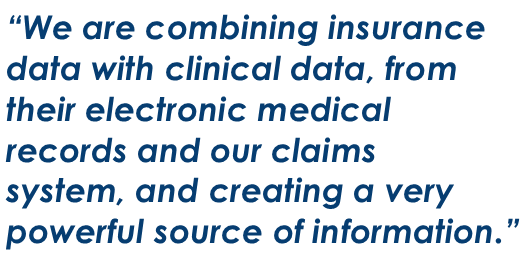
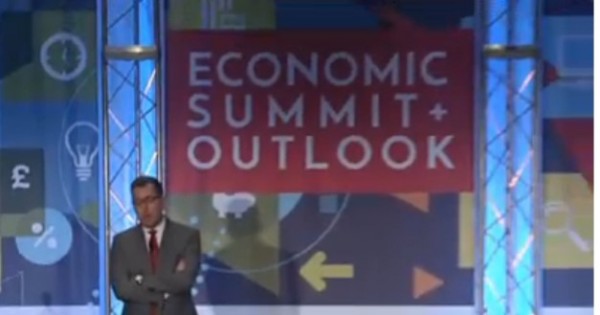 Launched
Launched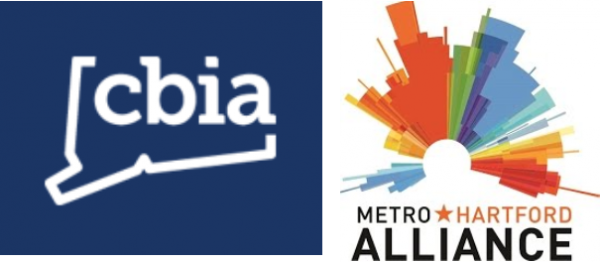
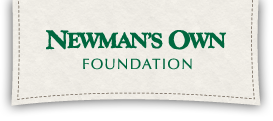

 However, survey data appears inconsistent on whether the trends are good or bad.
However, survey data appears inconsistent on whether the trends are good or bad.





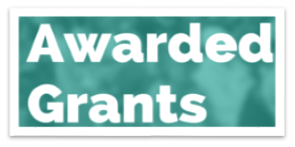
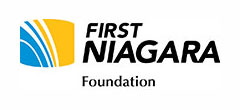 “Key and First Niagara are a powerful combination, driven by a shared commitment to the clients and to the communities we serve,” KeyCorp Chairman and CEO Beth Mooney said. “This transformational opportunity will bring compelling and complementary capabilities to our shared three million clients, while driving meaningful synergies and enhancing shareholder value. KeyBank and First Niagara both have values-based cultures and a long-term commitment to and experience with the region.”
“Key and First Niagara are a powerful combination, driven by a shared commitment to the clients and to the communities we serve,” KeyCorp Chairman and CEO Beth Mooney said. “This transformational opportunity will bring compelling and complementary capabilities to our shared three million clients, while driving meaningful synergies and enhancing shareholder value. KeyBank and First Niagara both have values-based cultures and a long-term commitment to and experience with the region.”



























